Postcard-perfect Lisbon with its dramatic scenes and slopping terrains, there’s no better place to experience all that Portugal has to offer than its capital.
Lisbon is in no hurry. It takes its time.
The city wakes up when it wants to and sleeps only when it needs to. Slow. Like the container ships that glide under the 25 de Abril Bridge appending the capital to Almada on the left bank of the Tagus River. No rush. Like the two elderly Portuguese women who came out from Santo Estêvão church, after an hour of spiritual solitude and devotion. Stay still. As a submerged bacalhua in water.
Idleness. It is not something that every visitor to Portugal’s capital can avoid. It is rather a compelling feeling that offers the wide-eyed travelers no escape. No release. It’s relentless.
On a crispy cold morning in late January, my travel partner and I were winding our way through the hilly district of Alfama. We didn’t intentionally plan to follow a route. The mission was to let our intuition take over.
To peregrinate aimlessly with no destination in mind whilst keeping pace with the beat of the city’s heartbeat. And so we went, aboard an unhurried tram to the part of the city that represents its past. With its aging beauty, the tram lurched left and twisted right and shifted back to the left again. Before our steep ascent, the rickety vintage carriage halted for a brief moment allowing the oncoming tram to pass before disappearing from behind in the steep maze of sun-beaten facades and cobblestone alleyways.
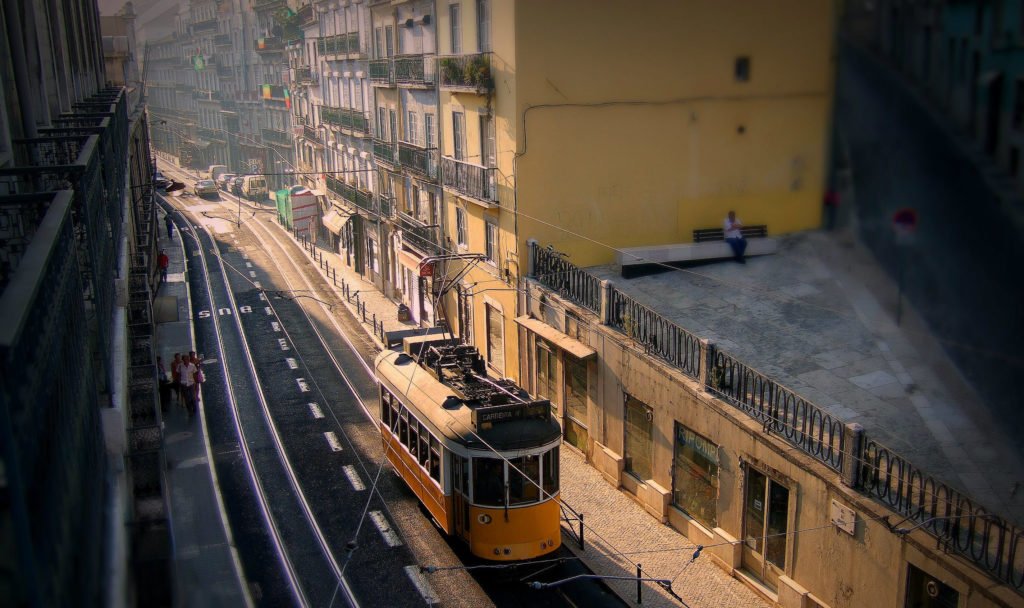
Every once in a while, the eye catches a glimpse of faded grand villas and townhouses adorned by tiles of mesmerizing color. Laundry strung from the balconies give the observer a perspective of who may live inside. A duvet spread flat. Next to it are dripping oversized boxers and faded colored socks. Others are a mishmash of lingerie, jeans, some infant’s pajamas and jersey uniforms of football fans. The next curve reveals a new vantage point. Cats in their thick coats dangle their tails as they lazed around opposite newly painted shutters and wrinkled-faced locals gaze wistfully out from the windows. As the tram climbs higher, the view opens up to the vast expanse of the Tagus meeting the Atlantic, a few miles away where the great Portuguese explorers once sailed during the age of exploration and when Lisbon was the capital of the world.
We got off at Largo Portas de Sol and just a few meters away, we were standing on a spot that hinted a whiff of melancholic imagery requiring no filter to its onlookers. The relative peace one gets up here tends to coagulate and lingers longer. We stood there for a moment in time listening to the cries of the seagulls. We became conscious of the breeze that rustled the branches of the sleeping jacaranda trees and the lazy clouds giving way to the sun, as it pierced through and smeared the water in butter-colored tinge.
This is perhaps a perplexing antidote that blurred the events that occurred in 1755, when a series of massive tremors shook the ground. A firestorm incinerated the city thereafter turning most of Lisbon’s history into a pile of ash and rubble. Alfama was spared.


“Where to next?” I asked my companion as both our eyes were drawn to a towering medieval Moorish-looking structure that loomed ahead. “Castelo de São Jorge!” he uttered. I must say that discovering a city without a map at hand and trusting one’s instincts can provide a psychological pleasure that propels the spirit to keep going.
As we head off to the castle, we took our time navigating the serpentine bends and alleys that sometimes lead to dead ends. Occasionally we take a pause, checking shops along the way and spying on restaurants that serve the ‘catch of the day’ bought from the adjacent fish shop. Under low archways we wind down and climb narrow staircases where some unassuming tascas or taverns incite curiosity. Further down are Fado houses with posters that announce the night’s performances and the grand spectacle.
Alfama is the home of Fado – a nocturnal lament sung in melancholy in an acoustic; stemmed in the Portuguese concept of saudade which translates to “longing for the unattainable”. It is in the wee hours of the night that fado comes in full bloom. The fado is for Portugal what flamenco is for Spain.
From the eight minute prescribed walk from the miradouro (viewpoint) of Largo Portas de Sol to Castelo de São Jorge, it took us 25 minutes to reach the castle. That didn’t bother us. We were content to have taken it slowly. Only when one slows down, one starts to notice little things that bring happiness and usher tranquility. Perhaps there is no better way to reward ourselves that by after reaching the summit, a superlative panorama of the city awaited us.
The view lended a landscape of terracotta roofs, undulating hills, the gleaming river, the bridge, the line of trees along the avenida, the hum of the city and the everyday. Under the pine-shaded courtyard we wandered like all the Visigoths did in the 5th century, the Moors in the 9th, the Christian royals in the 16th, as well as all convicts in every century. Perhaps this may be the entry point to Portugal’s past.


As bells tolled at the nearby Romanesque church of São Vicente de Fora, a monastery dedicated to St. Vincent of Saragossa the city’s patron; we took it as a signal to grab a bite to eat. For a city that has always looked to the sea, I imagined an abundance of fresh seafood. Tuna, sardines, shrimps, clams and the list goes on. Somehow it reminded me of my childhood home in Asia where fish and rice is an everyday staple. Had it been lunch time, to partake in Lisbon’s infamous bacalhua could have been the ultimate fix. However mid-morning promised a different resolution to the hungry soul.
My travel partner being the better judge and has a nose for finding good restaurants, is now leading the charge as I followed close behind. Along the hushed narrow Rua de Santiago, Café Audrey unfurled its low-key splendor. The sweet aroma of coffee was spilling out onto the cobbled street. A faint strum of mandolin was heard from afar.
The café conjured up a feeling of 16th century Macau with its beautiful tiled-floor, the wallpaper as well as the spices hanging at the corner. Here all seem to speak of the Far East. Under a line of black-and-white photos, we found ourselves enjoying Portugal’s time-honored pastel de nata, a rich egg custard ensconced in a crispy pastry. Ted drank his freshly-squeezed orange juice with gusto. I contemplated on my Americano.
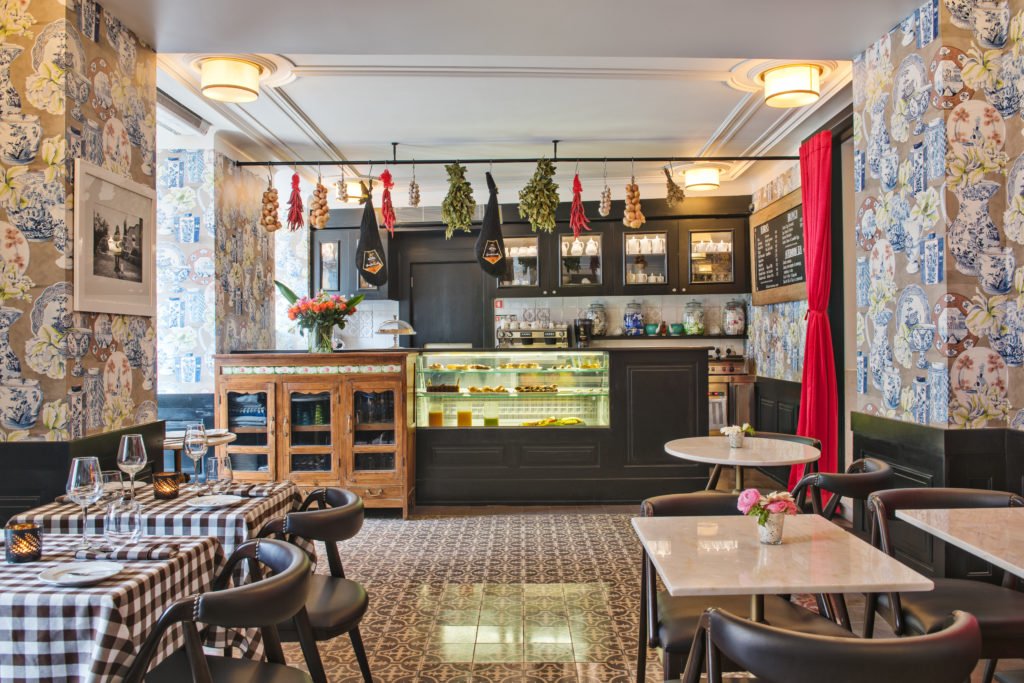

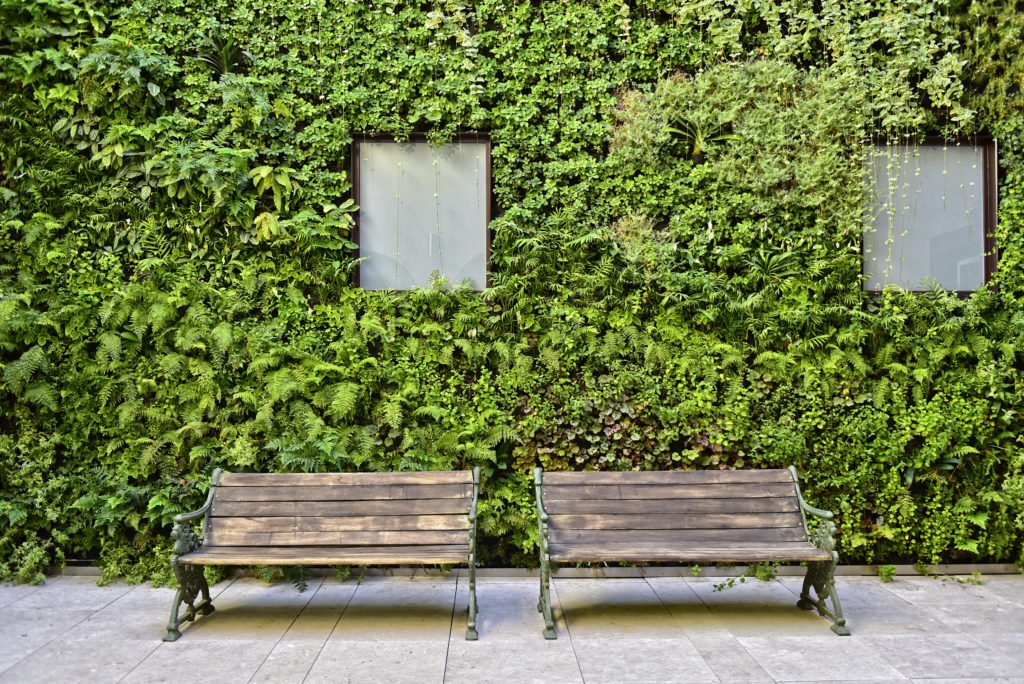



Anyone who is familiar with Luis Rebelo de Andrade, the much-admired architect can see the footprints he left behind at Santiago de Alfama. Restoring Roman remains and preserving the walls that the Portuguese Ministry of Culture placed under extreme regulation, was something that inspired the architect’s creative spirit. On one of the the floors, we found the medieval staircase enclosed in a glass. In front of us was a piece of history where one is allowed to step over it and literally walk on top.
The descent from the hills of Alfama promised a lesser strain in the tram’s engine and of our calf muscles. We were traversing the line that will take us to Praça do Comércio. Once a thriving hub for traders and where expeditions to outside world commenced, now a spot for instagram aficionados, tourists and locals and rattling trams that takes you to the seven hills of the city and west, to the Belem district.
The clouds had moved in, bringing along a temperamental drizzle. Even under a grey sky, this humble city doesn’t shy away from radiance. Lamp posts aglow. Well lit restaurants seen through the transparent windows. Cobblestones that gleam when wet and the occasional sparkle of mosaic tiles that adorned the buildings. Leaving the square behind, we hopped on another tram and passed Bairro Alto whose 16th century grid of streets sleep during the day and become a raucous party capital at night. Younger crowds fill up trendy bars giving in to a vibrant nightlife.
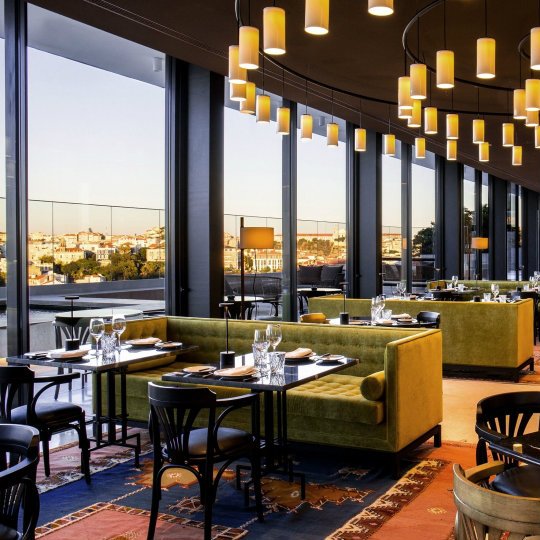

Slow as it may seem, one can sense the energy. Old houses were converted to chic restaurants, artisan shops getting a revival, as well as the booming demand for stylish hotels in the neighborhood like the new Memmo Principe Real. The hotel levitates on top of a hill that almost shares the view one can have at the Miradouro de Sao Pedro de Alcantara.
I had once visited Lisbon through the words of Pascal Mercier in his Night Train to Lisbon where he wrote, “We leave something of ourselves behind when we leave a place, we stay there, even though we go away. And there are things in us that we can find again only by going back there”. It seems that Lisbon has a way of reminding its visitors the kind of longing that is fulfilled only upon returning.


Lisbon unfurls itself. Slow. No rush. No hurry. The city reveals its secrets like an ethralling mystery. As we ushered ourselves back in the tram that glides downhill, it felt as though our experiences were being woven intricately into this city. Each stop is a chapter. Each bend is an adventure. The only background music is the silence that reigns inside the tram and the rhythmic noise of the wheels that begrudgingly beat against the metallic track from the world outside.
BUTTER MY BAGUETTE
This website made of love strives to produce FREE CONTENT.
Help me tell more stories and keep this website free of any advertisement by supporting Flying Baguette in inspiring more people and connecting you with other cultures and communities around the globe. Donate a little or as much as you can afford to keep the magic of Flying Baguette going for years to come. Share your support through the icons below ⬇️






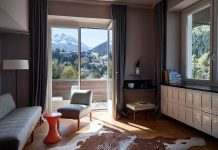







Your writing always captivates me. I feel as if I was wandering through Lisbon (and I wish I was)!
The magic of Lisbon comes to life through your words! We’ve been contemplating visiting Lisbon, and this really entices us to spend a week or more there.
I just always love your poetic descriptions. This time they make me want to go back to Lisbon. For me, this city wasn’t love at first sight but it grew on me the more I adapted to its pace. Now I wonder what a second visit would feel like…
I adored this leisurely tour around languid Lisbon, a city that we have yet to visit but very much want to. The food scene sounds wonderful and I’m very glad that you enjoyed the custardy delights of the quintessentially Portuguese pastel de nata. I just adore that beautiful sunset cityscape photo. Thank you for your introduction to this splendid city – we most definitely want to see it for ourselves.
What a wonderful ode to Lisbon and taking the time to discover this beautiful city. Your photos are so evocative!
I love reading your posts. Reminds me so much of my time in Lisbon 🙂
Your writing is just beautiful- meandering thru Lisbon, enticing us with delicious foods, places to see & best of all without rushing!!